Description
Flunixin Meglumine: A Powerful Tool for Pain Management in Animals
Flunixin meglumine is a potent non-steroidal anti-inflammatory drug (NSAID) widely used in veterinary medicine to alleviate pain, reduce inflammation, and control fever in various animal species. Its effectiveness stems from its ability to inhibit the production of prostaglandins, substances that contribute to inflammation, pain, and fever. This makes flunixin meglumine a valuable tool in managing a wide range of conditions, improving animal welfare and overall health.
How Flunixin Meglumine Works:
Flunixin meglumine, like other NSAIDs, works by inhibiting enzymes called cyclooxygenases (COX). There are two main COX enzymes: COX-1 and COX-2. Both are involved in the production of prostaglandins, but they have different roles. COX-1 is involved in maintaining normal physiological functions, such as protecting the stomach lining and helping with blood clotting. COX-2 is primarily involved in inflammation and pain.
Flunixin meglumine, while not entirely selective, tends to inhibit COX-1 and COX-2 enzymes, reducing prostaglandin production throughout the body. This leads to:
- Analgesia (Pain Relief): Reduced prostaglandin production diminishes pain signals, providing relief from discomfort.
- Anti-inflammatory Action: By reducing inflammation, flunixin meglumine helps to alleviate swelling, redness, and heat associated with various conditions.
- Antipyretic Effect (Fever Reduction): Prostaglandins also contribute to fever. By inhibiting their production, flunixin meglumine helps to lower body temperature.
Common Uses in Veterinary Medicine:
Flunixin meglumine is used in a variety of animal species, including:
- Horses: For musculoskeletal pain, such as laminitis, colic pain, and post-operative pain. It is particularly effective in managing visceral pain associated with colic.
- Cattle: For respiratory disease, mastitis, and foot rot. It helps to reduce inflammation, fever, and pain, improving overall recovery.
- Swine: For respiratory disease and metritis. It aids in managing fever and inflammation associated with these conditions.
- Other Animals: While less common, it can be used in other animals, such as dogs and cats, under the strict guidance of a veterinarian.
Administration and Dosage:
Flunixin meglumine is available in injectable and oral formulations. The route of administration and dosage will vary depending on the animal species, the condition being treated, and the veterinarian’s recommendations. It’s crucial to follow the veterinarian’s instructions carefully to ensure the drug is administered correctly and at the appropriate dosage.
Important Considerations and Potential Side Effects:
While flunixin meglumine is effective, it is important to be aware of potential side effects and considerations:
- Gastrointestinal Ulceration: Like other NSAIDs, flunixin meglumine can increase the risk of gastrointestinal ulceration, especially with prolonged use or high doses.
- Kidney Damage: In some cases, flunixin meglumine can cause kidney damage, particularly in animals that are dehydrated or have pre-existing kidney disease.
- Bleeding Disorders: It can interfere with blood clotting, so it should be used with caution in animals with bleeding disorders or those undergoing surgery.
- Drug Interactions: Flunixin meglumine can interact with other medications. Always inform your veterinarian about any other drugs your animal is taking.
- Withdrawal Times: It is crucial to adhere to withdrawal times for meat and milk in food-producing animals to avoid residues in the food supply.
- Contraindications: Flunixin meglumine is contraindicated in some animals, such as those with known hypersensitivity to NSAIDs or those with severe kidney or liver disease.
- Veterinary Guidance: Always consult a veterinarian before administering flunixin meglumine to your animal. They will assess the animal’s condition, consider potential risks and benefits, and determine the appropriate dosage and treatment course.
Conclusion:
Flunixin meglumine is a valuable tool in veterinary medicine for managing pain, inflammation, and fever in various animal species. Its effectiveness in treating conditions like colic in horses, respiratory disease in cattle and swine, and other inflammatory disorders makes it an important medication for improving animal welfare. However, it is crucial to use flunixin meglumine responsibly and under the guidance of a veterinarian to minimize the risk of side effects and ensure optimal therapeutic outcomes. Always prioritize the health and well-being of your animal by seeking professional veterinary advice.

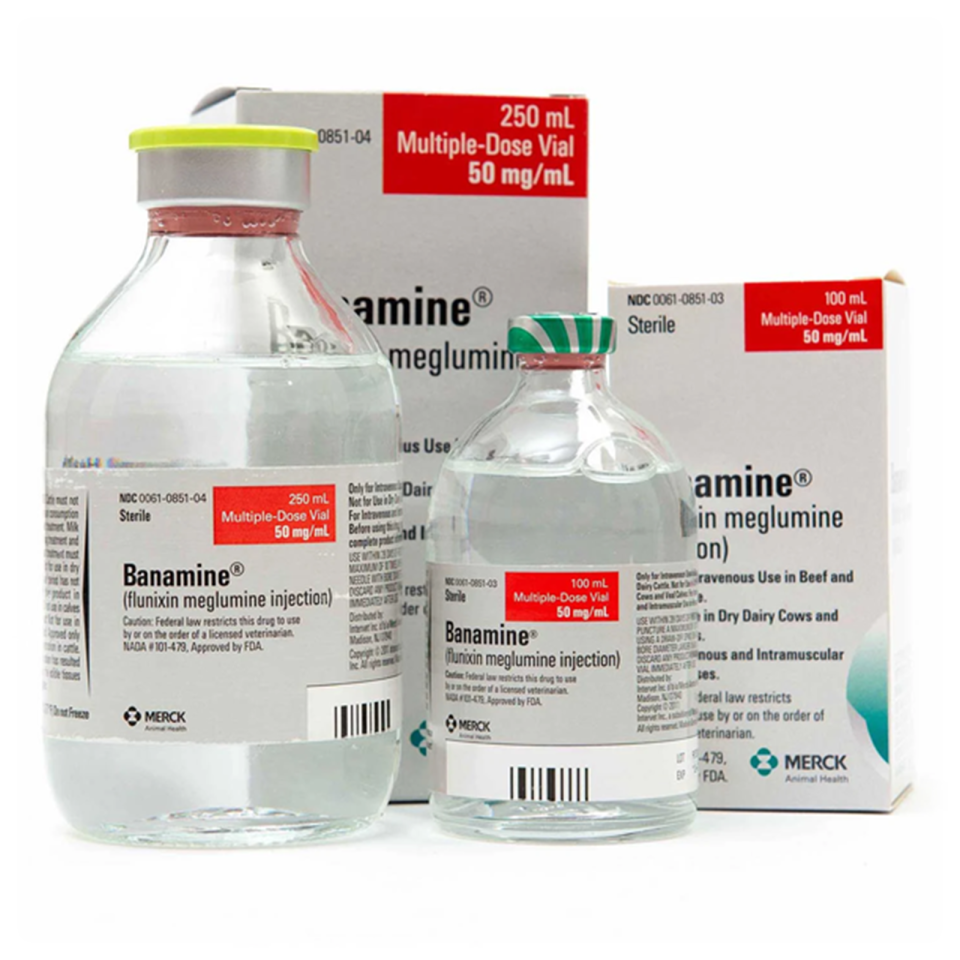
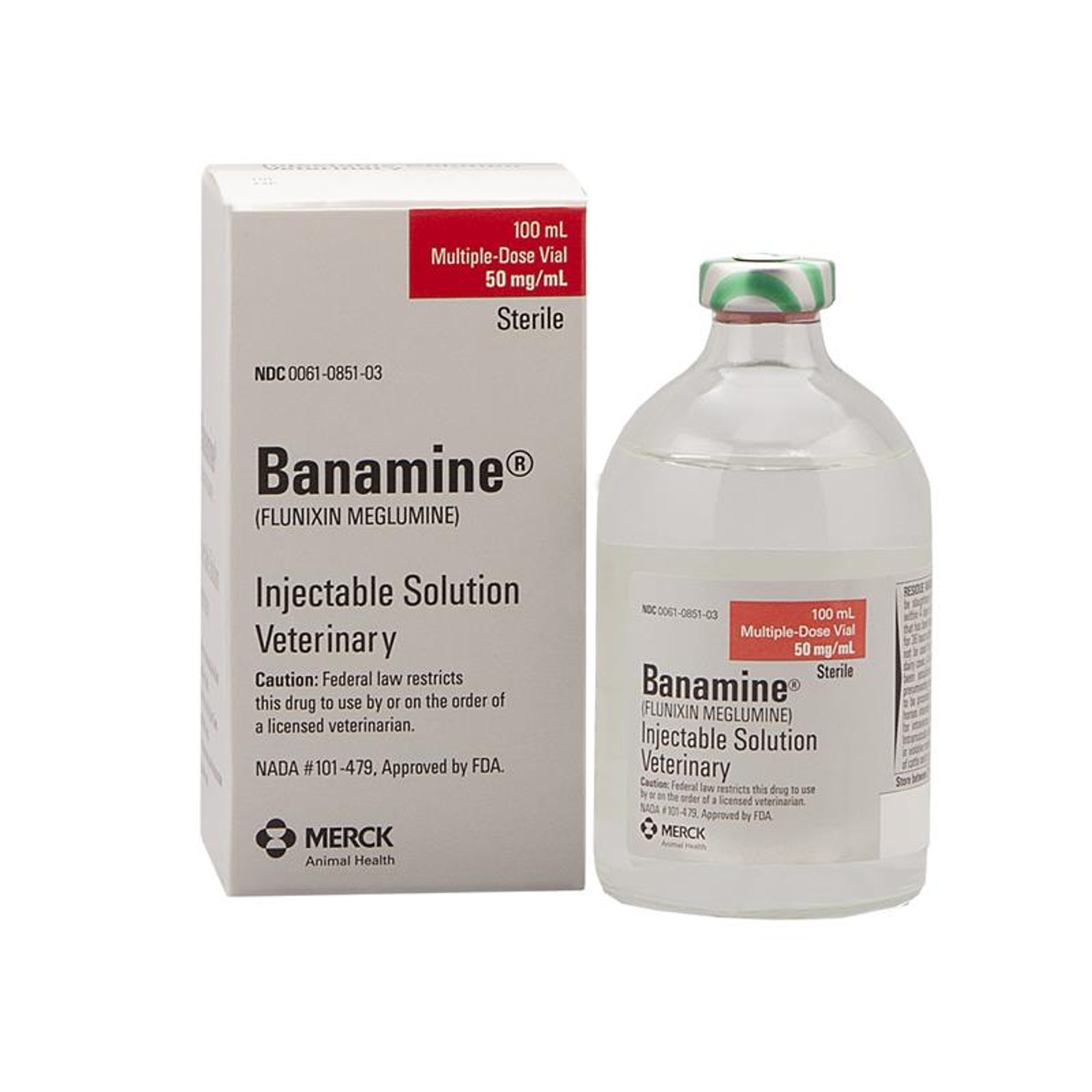



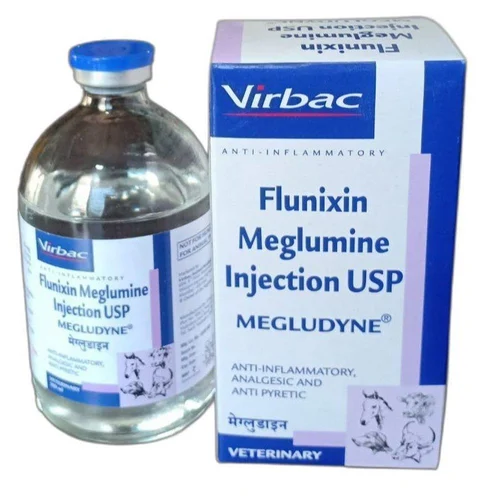
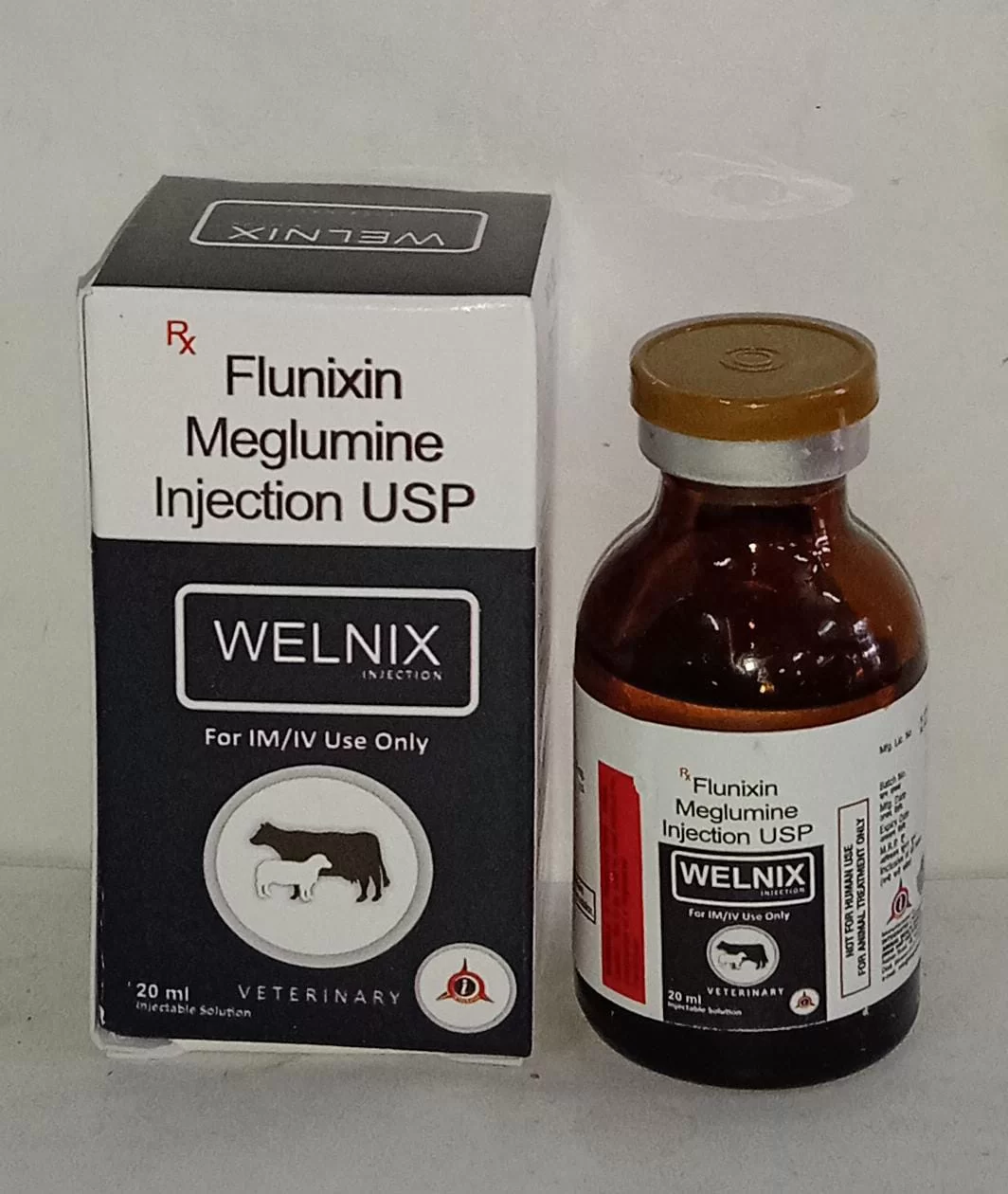
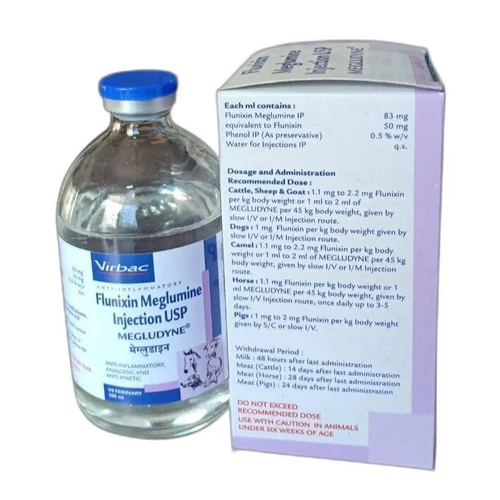


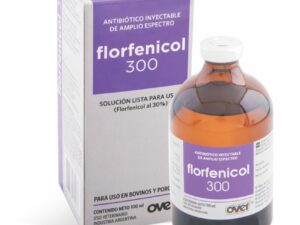

Reviews
There are no reviews yet.